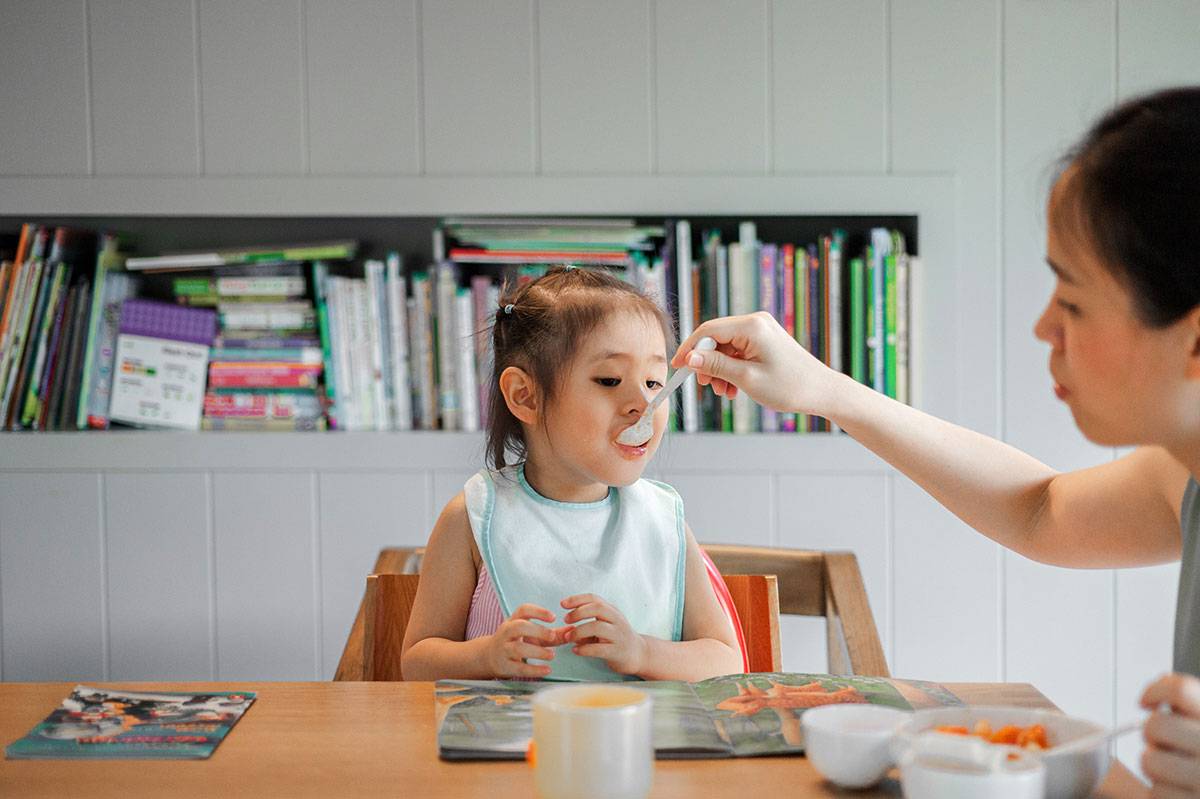Healthy Snacking for Children With Diabetes

Getting your child with type 1 diabetes to eat healthy snack food might seem an impossible task. But, with a little planning you might find that your child’s eating habits and blood sugar levels improve significantly. Here are four helpful strategies toward that end.
Keep Healthy Snacks on Hand
Your kids will eat most of their food from what you have available at your house. If you stock lots of snack foods like chips, cookies and soda in your pantry, chances are good that your child will eat more of these foods than he or she should.
Not only do these snacks lack nutritional value but foods high in fat and sugar are likely to cause a roller-coaster of ups and downs in blood glucose levels.
Eating healthy snacks starts at the grocery store. Make a point to buy healthy food that could be turned into wholesome snacks. Think peanut butter on celery, whole grain crackers and cheese, or low-fat yogurt as alternatives to processed foods that come in a box. A variety of fruits and some vegetables can often satisfy a child’s craving for something sweet if they are presented in an appealing way.
Be Creative
Instead of simply handing your child an apple or a cup of grapes to eat, encourage them to be creative with the snacks you give them. For example, try creating a collage or a face on a dinner plate by combining small portions of healthy snacks. A thinly sliced apple can act as the outline of the face; a couple small dollops of peanut butter for ears and some shavings off a carrot for hair. Nuts, low-fat yogurt, red and yellow peppers, celery, whole grain crackers and cheese are all versatile in their creative usefulness and tasty.
Once you get your children started on this idea the possibilities for food creations are endless.
Model Preferred Eating Habits
The best way to teach your child to eat healthily is to choose your own snacks wisely. They will often eat what they see modeled for them by parents.
Another way to be a good role model is to be mindful of portion sizes. Match your snack portion sizes to theirs. Get into a habit of discussing the number of carbohydrates that are in each snack so that your child will learn to associate snacks with blood sugar awareness. This will also help them understand the concept of carbohydrate counting and why it is important for them to learn.
Don’t Fight Over Food
Children may resist snacks you push on them. Instead, give them some measure of control over their food by offering healthy choices. Offer a limited number of options, such as a peanut butter sandwich, string cheese or a helping of yogurt. This is when not having unhealthy snacks in the house works to your advantage.
Save the less healthy snacks like soda, chips and cookies for special occasions and only serve in small quantities. This will help to keep your child’s palate tuned to healthy foods without seeming too restrictive.
About the author: John M. Caviness is a successful content marketing manager at the service where you can ask to “write my essay”. This job gives him an opportunity to express his opinion and thoughts on different topics including children development.

